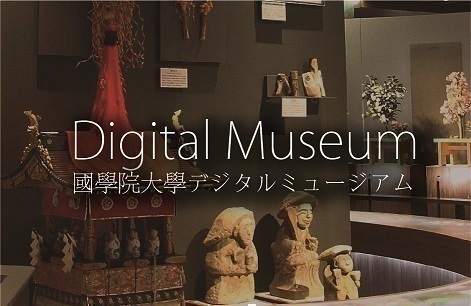- トップ
- Encyclopedia of Shinto
- Sanpai sahō
Encyclopedia of Shinto
| Main Menu: | |
| Links: |
詳細表示 (Complete Article)
| カテゴリー1: | 5. Rites and Festivals |
|---|---|
| カテゴリー2: | Shrine Rituals |
| Title | Sanpai sahō |
| Text | The usual way to worship in the presence of the kami (at a shrine) is to bow twice, clap twice, and bow a third time. The majority of shrines follow the guidelines set down by the Association of Shinto Shrines in the Jinja saishiki gyōji sahō (Protocol for Shrine Rites and Rituals). In the section on procedures for priests (gūjihairei), the Protocol indicates that "when offering a tamagushi from a seated position, first, a straw mat will be laid down, then, an an offertory table will be placed on it, and a knee-rest in front of the an. The priest will arise from the seat where he waits in attendance and, after having received the tamagushi from the assistant (shiridori), he will advance towards the table, sitting at the knee-rest. He will place the tamagushi on the an, bow twice, clap once and then bow again. When finished, he will return to the original seat. After this, the knee-rest, an and straw mat will be removed. When worshipping from a standing position, a knee-rest will not be used. Before clapping, the priest will place the shaku into the breast pocket of his garment, and then will follow the same procedure as for the sitting position, before clapping, place the shaku inside the breast of one's clothes and follow the procedure covering the seated position. The same gestures will be performed when not offerning a tamagushi." Since the priest is the person in charge of administering all rites and shrine affairs, his gestures when performing worship rites are guided by a detailed protocol. The protocol allows a certain degree of variation depending on whether tamagushi is offered or not, or whether the worshipper is seated or standing. However, the basic sequence of two bows, two claps and one bow is common to all shrines. This priestly protocol is also the standard procedure followed by festival participants or ordinary people when visiting a shrine. However, the two bows-two claps-one bow rule is a postwar development, and a look back at old practices shows that there have been several historical changes and local variations. The entry on shrine worship in Shintō myōmoku ruijūshō records a diversity of worship styles: "there is the rite of advancing and retiring, holding the shaku in one's hand. There are the rules of the Grand Shrines of Ise. There are the rules of the Urabe clan. There are the rules of the various houses. And there are the rules of the various individual shrines." The Ise style is called hachidohai ("eightfold worship"). The priest bows four times standing, then sits and claps eight times, ending with one light clap and one seated bow. The whole set is repeated twice. This practice is also called yahirate because of the eight claps. Another well-known style, known as ryōdan saihai, consists of two bows, a prayer and two more bows. This appears bows twice, prays, and bows twice again. Historically, this style appears to have been the most widespread. — Mogi Sadasumi |




